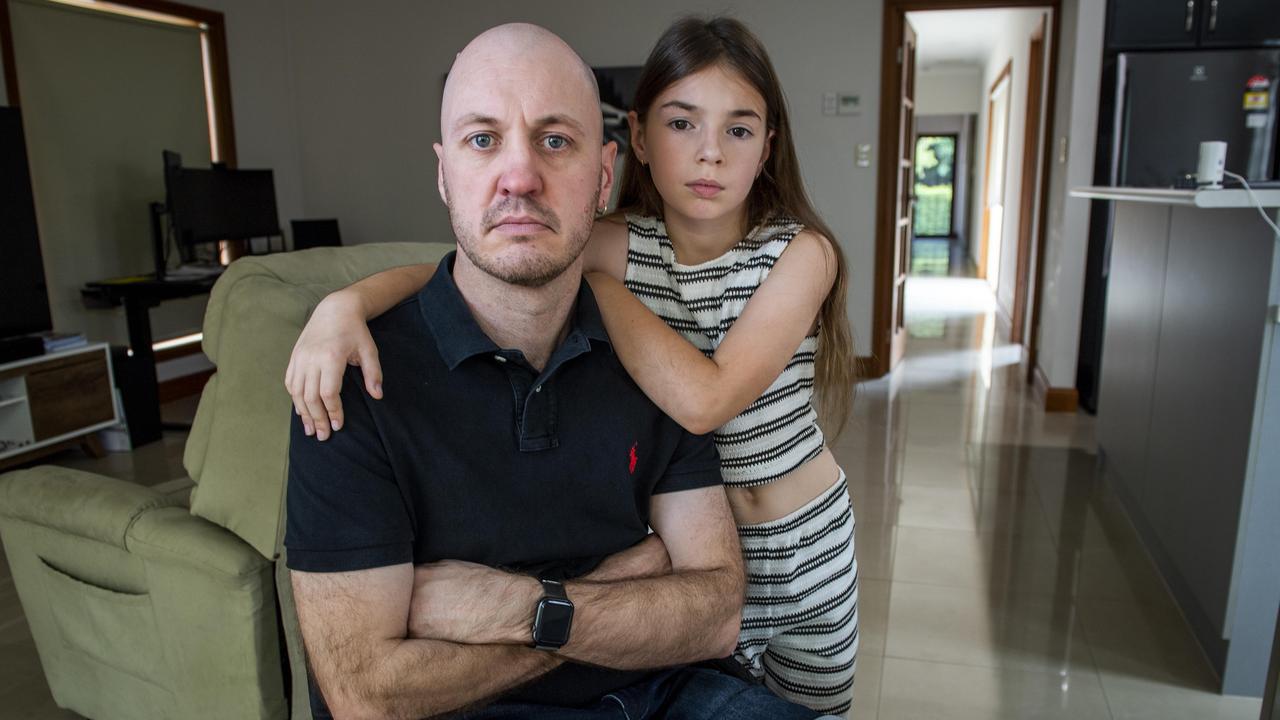The weird reason iced coffee is more expensive than hot coffee
End the iced coffee tax!
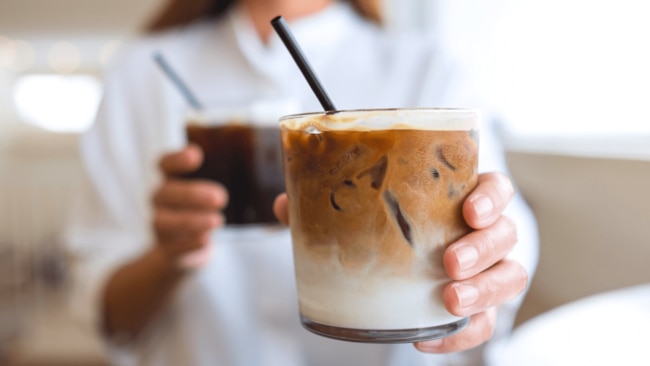
Lifestyle
Don't miss out on the headlines from Lifestyle. Followed categories will be added to My News.
Ever wondered why your iced coffee costs so much more than a regular latte? So have we. So we took matters into our own hands, and looked into why iced coffees are unfairly copping price hikes around Australia.
If you’re anything like my friends and me, you’ll consider iced coffees to be one of the very best parts of summer in Australia.
Whether you’re heading out for a sunny stroll, kicking back with a book on the beach, or sitting down for brunch with a mate, no summer outing is complete without an iced coffee in hand.
But while Australia’s love for an iced latte is known far and wide, there are other factors at play, rendering it harder to get our hands on our favourite beverage.
Like what you see? Sign up to our bodyandsoul.com.au newsletter for more stories like this.
It’s no secret that inflation has hit Australia hard. Groceries, electricity and travel have all skyrocketed in price, and rent hikes have become part and parcel with living in the city.
But one area many people didn’t expect to see such a dramatic increase in cost was with their morning coffees – especially of the iced variety.
In 2017 the average price of an iced coffee was $5.80, with a slight variance between states, per data from Statista. But come 2024, you’re more likely to see prices in the high $7-8 mark.
According to the ABC, social media users claim they’ve paid more than 67 per cent more for an iced latte than a hot one sold at the same cafe.
Which begs the question: for a drink mostly consisting of ice, which doesn’t require frothing the milk, why are iced coffees so expensive?
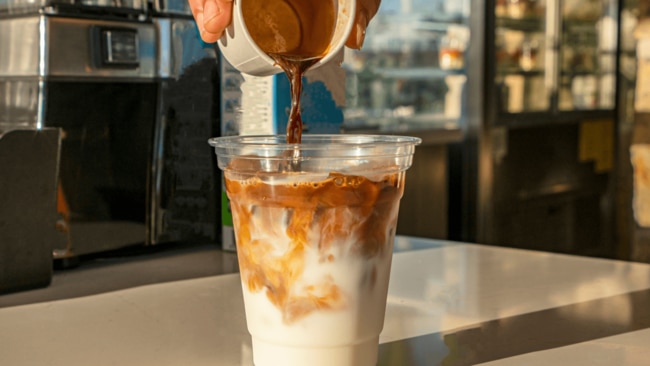
At a top-line level, there are a few reasons why iced coffees may cost more than hot varieties.
For one, iced lattes generally come in a much larger cup than a typical hot latte, though that is not always the case. This means more milk may be used in an iced latte, though it is worth noting that the number of shots in an iced coffee is usually on par with a large coffee – two.
Unsurprisingly, cold coffees also contain ice which, while water is by and large inexpensive, does require electricity and freezer space to generate and store.
But given the number of coffees being pumped out per day in each institution, should iced coffees really cost $2-3 more?

Cafe Culture Magazine managing director Sean Edward tells the ABC that switching to an iced coffee order can disrupt the workflow of a barista, who is used to making hot coffees.
"As a barista, you're making coffee after coffee on the espresso machine and then all of a sudden, you've got to desert it and go to the ice machine, get some ice and a cup, some cold brew or shoot a shot," he says.
"You're probably going to be charged a bit of a premium for slowing things a bit,” he says.
"I suppose it's also the fact that if you've got an ice machine, the extra mucking around … that can cost you money sometimes, as well."
Worthy considerations, yes, but given the job description of a barista – to make coffees, no matter the order – should iced orders bear a premium that consumers must carry? This writer thinks not.
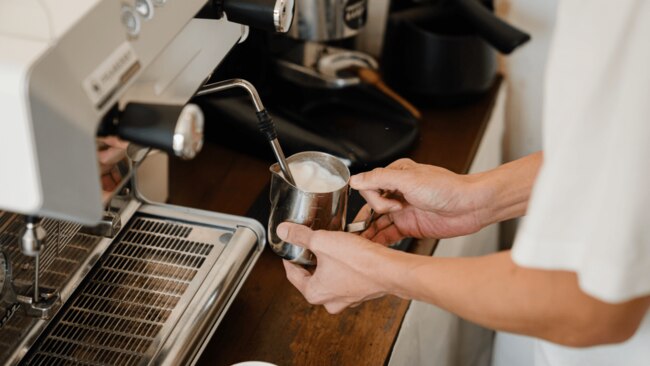
To make a hot coffee, baristas will likely pour a similar amount of milk into the vessel, as there is a minimum volume required to ensure adequate whipping.
That being said, not all of the milk makes it into the drink given to the customer, and is often poured down the sink at the end of the order.
When it comes to iced coffees, no frothing is required, saving both time and energy, and milk is not wasted – though that output looks the same for the cafe.
According to real baristas, making an iced coffee is far easier than making a hot one.
Cafe manager Blayke Lamb agrees, telling the ABC “It definitely doesn't take longer to make an iced latte — it's a lot quicker, in fact, so the labour that goes behind it, I don't think that's a reason as to why you should be raising the price on it."
“If it's busy and I see eight iced lattes, versus eight hot coffees of various sizes and various milks, it's a sigh of relief.
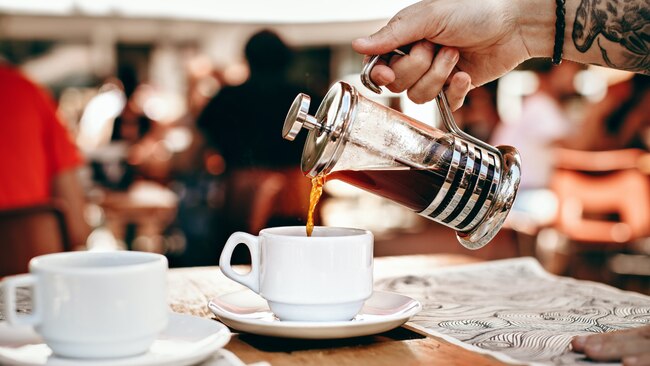
To aid our investigation, we did some rudimentary sums to calculate what the approximate cost of an iced coffee should be, based on the price of hot coffees in Sydney.
Let’s assume the average price of a large hot coffee made with cow’s milk in Sydney is $5.
We’ll keep this starting cost the same for an iced coffee, given the amount of milk going into the frother is the same as what’s being poured into an iced latte.
While ice generation and storage may mean additional costs (we’ll add 50c), less time is needed to prepare the milk (so we’ll subtract 25c).
That puts us at $5.25.
We’ll also assume that in this cafe, the freezer is a little out of the way, so it takes a bit of extra movement to get the ice to make the coffee. We’ll add back 25c, taking us to $5.50.
As a generous estimate we’ll also assume that the iced latte cups cost a little extra than the cost of a regular coffee cup, and since they’re slightly bigger, take up more room in a storage cupboard. We’ll add another 25c, taking us to $5.75.
There’s also the added cost of a straw in an iced coffee. Based on the wholesale costs reported by BioPak, a straw is roughly 1.5c each. That takes us to a total cost of $5.76.
If you’d rather soy, oat or almond milk, you’d add 50c to the total price ($6.26 total).
For iced long blacks, which contain no milk, the cost should be slashed, removing 50c for the total cost of milk ($5.26).

Now, we’re no mathematicians, but based on our calculations, it would appear Australian cafes are overinflating the cost of iced coffees, and significantly.
Yes, the cost-of-living crisis is on the rise, but by recent inflation, iced coffees are copping the heat by an unfair proportion.
Lamb says oftentimes, cafe owners base their prices on the menus of the establishments close by.
"[New operators] go and copy next door. If a franchise is putting it out for that price, then the independent cafe's probably going to do the same, or vice versa," he says.
There’s no doubt times are tough, but we say it’s time to end the iced coffee tax hitting Australians hard this summer. We’ve got enough to deal with without worrying our next iced latte is going to tip the budget a dime too far.
More Coverage
Originally published as The weird reason iced coffee is more expensive than hot coffee





